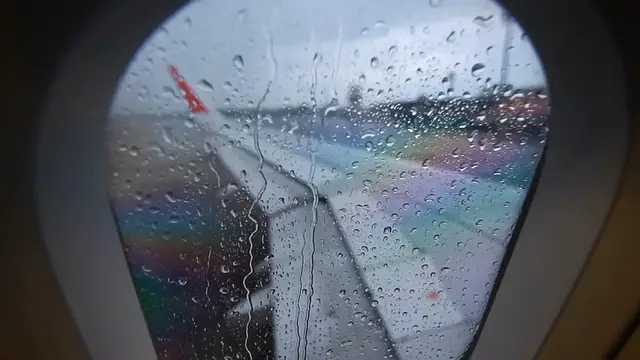
Passenger Plane Crashes The Shocking Truth Revealed!
Dec 25, 2024
Passenger Plane Crashes: The Shocking Truth Revealed!
A passenger plane crash is one of the most devastating events that can occur in the aviation world. With lives lost and families torn apart, these tragic accidents send shockwaves across the globe. In the wake of such incidents, the world is left searching for answers: What went wrong? Why did it happen? Here, we explore the shocking truth behind recent passenger plane crashes, the factors involved, and how aviation safety continues to evolve to prevent further disasters.
The Reality of Passenger Plane Crashes
When a commercial airplane crash occurs, it often dominates headlines, leaving a trail of questions and concerns in its wake. While it’s important to acknowledge the heartbreak and loss caused by these tragedies, it’s equally important to understand the factors that contribute to these accidents and how the aviation industry responds.
The Causes Behind Plane Crashes
Passenger plane crashes are caused by a wide range of factors, and often, it’s a combination of multiple elements that lead to disaster. While modern technology, rigorous safety protocols, and improved engineering have made flying safer than ever before, accidents still happen. Here are some common causes of plane crashes:
Pilot Error: Despite extensive training, human error remains one of the leading causes of aviation accidents. Mistakes in judgment, failure to follow procedures, and miscommunication between pilots and ground control can lead to tragic outcomes.
Mechanical Failures: In rare cases, mechanical or technical failures can contribute to a plane crash. Airlines and aircraft manufacturers perform rigorous maintenance checks to ensure planes are safe, but sometimes, undetected issues or equipment malfunctions can occur during flight.
Weather Conditions: Severe weather, such as thunderstorms, turbulence, or icy conditions, can severely impact flight safety. Strong winds, low visibility, and other adverse weather conditions pose significant challenges for pilots and ground control, making flying more dangerous.
Bird Strikes: Collisions between aircraft and birds (known as bird strikes) can cause serious damage to an airplane, especially during takeoff or landing. Bird strikes have been linked to crashes in some cases, as they can damage engines, windshields, and other critical systems.
Sabotage or Terrorism: While rare, terrorist attacks or sabotage can cause plane crashes. Security measures have become significantly stronger in recent decades, but there have still been instances where acts of terrorism have led to tragic incidents.
Show More Show Less #Business & Industrial
